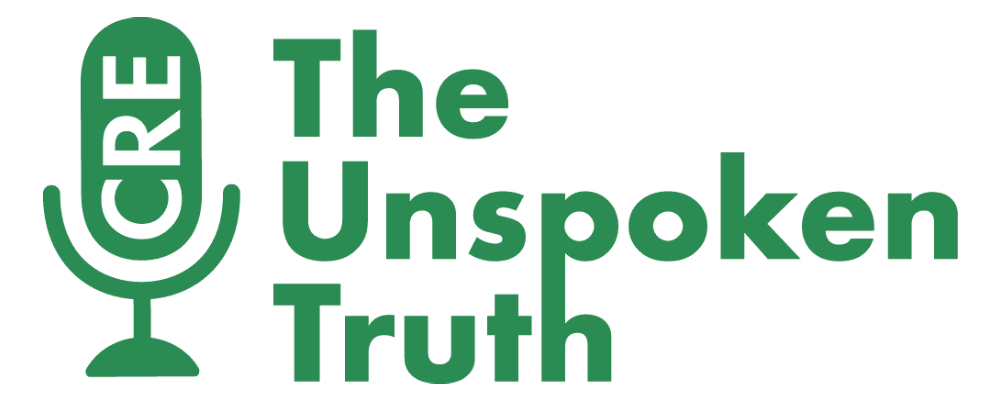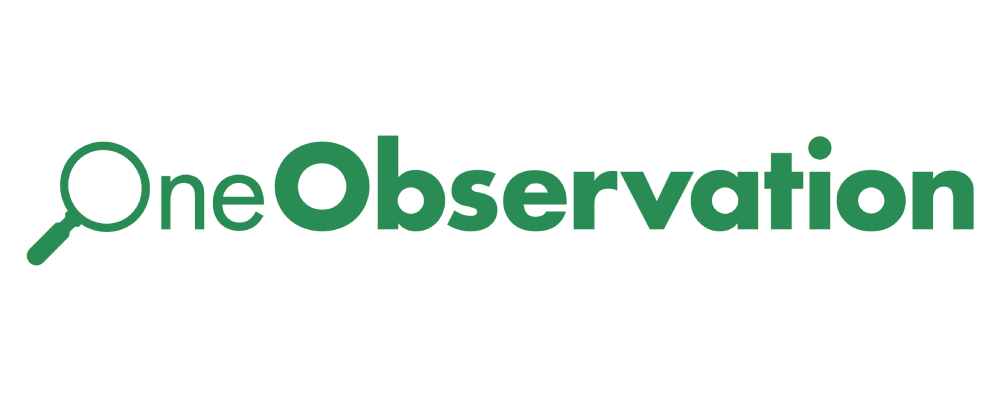Have you ever been so tired, so overextended, so burnt out that you were unable to work? You’re not alone. According to the article below, 28% of employees reported that they burnt out in the last year, and over ⅓ reported that they had felt work-related depression or lack of motivation.
As a manager, the health of my employees is of the utmost importance. I am always looking for ways to embrace flexibility and improve everyone’s work-life balance. The article below lists two ways to help avoid burnout and work-related stress. Both of these strategies are so simple you could start implementing them today!
- Share stories about your personal life
- Practice daily microsteps
Managers, what are you doing to promote the well-being of your employees? And employees, what are you doing to take care of yourself?
Have any ideas, or want to discuss further? Shoot me an email.
Charlie Coppola
[email protected]
2 simple, everyday ways to help people around you avoid workplace burnout
Annika Kim Constantino
Burnout is one of the biggest issues that workers report struggling with during the last two years. The good news is that there are some easy ways for you to help prevent the people around you at work from experiencing it.
Becky Frankiewicz, the chief commercial officer of employment agency ManpowerGroup, says people are increasingly looking to their employers for help in fighting workplace burnout and stress, which was especially exacerbated by the pandemic.
A JobSage survey released in April showed that 28% of employees reported burning out in the last year. Over half of employees also reported experiencing work-related stress, and more than one-third have experienced depression, lack of motivation or anxiety because of work.
Frankiewicz says company leaders, whether that be CEOs, managers or other high-level workers, now have more of a responsibility to give employees flexibility to balance work and their well-being. In fact, 93% of workers view that kind of flexibility as important in the workplace, according to research published in June and conducted by ManpowerGroup and the technology company Thrive.
“As leaders, we didn’t have this on our responsibility list before the pandemic, and now we do in a very significant way,” says Frankiewicz, who works at the helm of a Fortune 500 company that helps place thousands of people in jobs across industries worldwide. “It’s part of our job to take care of ourselves but also to take care of others around us at work.”
Fortunately, Frankiewicz says there are a few easy things you can do at the workplace to provide more flexibility for your co-workers. Here are two simple, everyday strategies she recommends — whether you’re an employer or employee — to help people around you avoid burning out at work:
Sharing stories about your personal life
It might sound trivial, but talking about your life outside of work can actually make all the difference, according to Frankiewicz.
If you share stories about some of the priorities in your personal life, it can create an environment where people feel like it’s acceptable to talk about their own lives and also prioritize what’s important to them — whether that be their family or hobbies that promote their well-being, she says.
When you engage in small talk virtually or around the office, try sharing tidbits of what you might be doing after you clock out or why you need to leave work early, Frankiewicz says. For example, you might talk about how you need to sign off earlier that day to pick your kids up from school.
She says those small stories “give people cultural permission” to embrace their personal priorities at work, too. That gives them more of that flexibility to have a work-life balance, which is important for preventing burnout, Frankiewicz adds.
“It starts with leaders doing it themselves. They can become role models for balancing the home and work,” she says.
Practicing daily ‘microsteps’
Frankiewicz also encourages implementing small, daily habits into your schedule that will promote your own well-being and also encourage others to do the same.
It’s called taking “microsteps,” she says. That includes taking a full lunch break, briefly stepping away from your desk to get some fresh air or turning a sit-down meeting into a walk with your coworkers — all of which gives people more flexibility to manage their work-life balance.
If you show the people around you that you’re taking those steps, it can motivate them to follow, according to Frankiewicz. You can even try to schedule those daily habits on your work calendar to show others that they’re just as important as meetings.
Frankiewicz also pointed to “science-backed benefits” for anyone that adopts those daily habits.
For example, part of a 2016 study from the Scandinavian Journal of Work and Organizational Psychology examined whether lunchtime breaks affect the energy levels of Finnish employees across a 12-month period. The study found that employees who did take those breaks reported lower levels of exhaustion and higher energy levels at work in the long-term.
A 2019 study from the journal Scientific Reports also found that people were more likely to report good health or high well-being if they spent 120 minutes of their week going outside to see nature and get fresh air.
Ultimately, Frankiewicz emphasizes that we should all “live out loud” and become role models for your work colleagues to help prevent burnout. Exercising some of that flexibility to manage your work-life balance can create a culture where others feel like they can do the same.
“It’s basically saying, ‘If I practice this as a leader, then you definitely can, too,’” Frankiewicz says.









